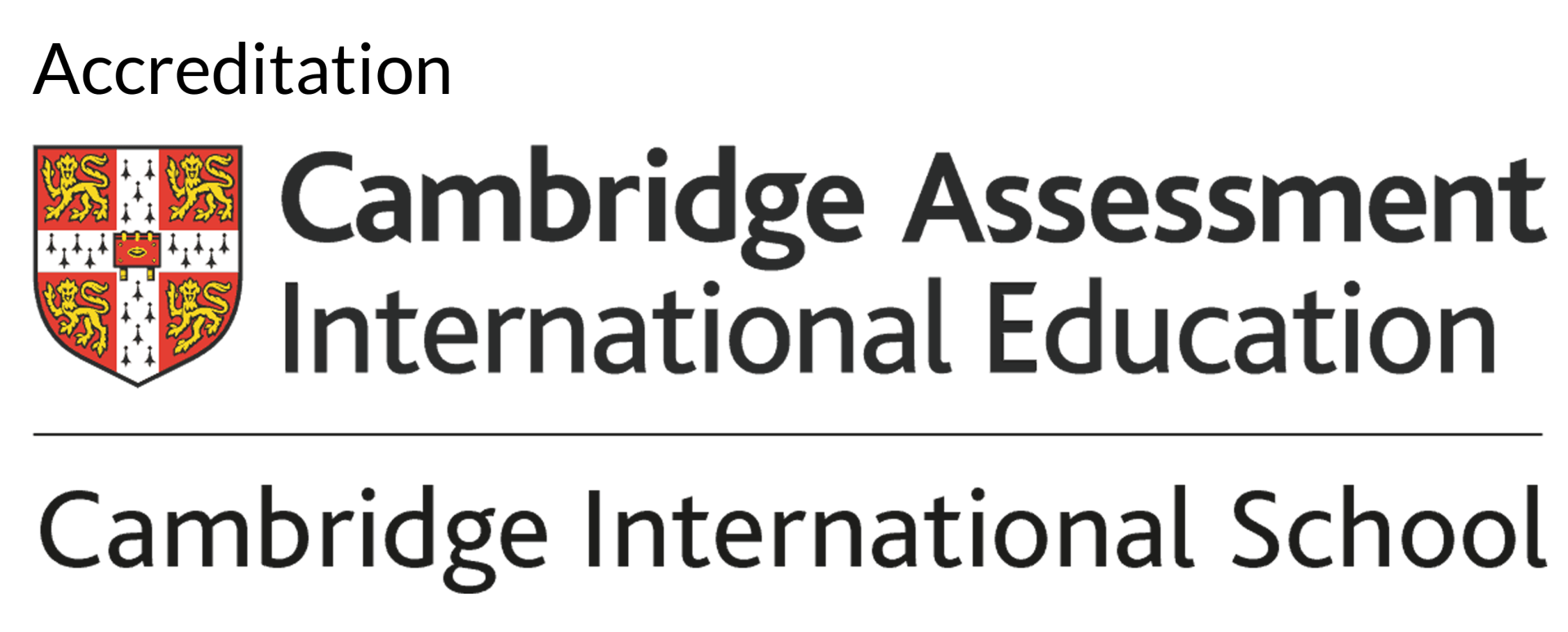Cambridge International Curriculum vs British Curriculum
The Cambridge Curriculum is widely recognised for its academic excellence and acceptance in countries across the world. Developed by Cambridge Assessment International Education (CAIE), part of the University of Cambridge, this curriculum has two distinct versions.
Over the years, the Cambridge International Curriculum vs British Curriculum have emerged. While they differ in structure, content and approach, they both share foundational principles.
Understanding the Cambridge International Curriculum
The Cambridge International Curriculum is exactly that – international. It was designed for a global audience and ensures that learners in different countries and regions receive an exceptional education in preparation for international higher education. This curriculum focuses on readiness for higher education in a variety of locations across the world.
There are four key stages in the curriculum:
1. Cambridge Primary (ages 5 - 11)
2. Cambridge Lower Secondary (ages 11 - 14)
3. Cambridge IGCSE (International General Certificate of Secondary Education) (ages 14 - 16)
4. Cambridge International AS & A Levels (ages 16 - 19)
With over 70 subjects to choose from in IGCSE and 55 in A-Level, learners are given the flexibility to select their subjects based on their unique interests and future career paths.
More than 160 countries accept the Cambridge International Curriculum. These include the UK, USA, Canada, Australia and many of the European nations.
Understanding the British Curriculum
The British Curriculum follows the same framework as schools in England. It is the British National Curriculum, designed to prepare learners for higher education institutions and workplaces in the UK.
The key stages in the curriculum include:
1. Key Stages 1 & 2 (Primary education: ages 5 - 11)
2. Key Stage 3 (Lower Secondary: ages 11 - 14)
3. GCSEs (General Certificate of Secondary Education) (ages 14 - 16)
4. A-Levels (Advanced Levels) (ages 16 - 19)
Unlike the international variant, the British Curriculum is a more structed syllabus, and the schools stick to the strict educational policies of the United Kingdom. GCSEs generally expect learners to take a combination of core subjects such as Maths, English and Science as well as other optional subjects.
Widely accepted in the UK and Commonwealth countries like Australia, Canada and Singapore, this curriculum gives learners a direct pathway into UK universities and workplaces.
Key Differences Between the Curriculums
Take a look at the Cambridge Curriculum comparison below:
1. Curriculum Content and Flexibility
The Cambridge International Curriculum is more flexible and gives learners the opportunity to tailor their studies to international education standards. This curriculum can be adapted to the local context where local history and culture is incorporated.
The British Curriculum follows a structured approach, and more emphasis is placed on getting learners ready for universities within the UK. The curriculum teaches British history and culture, regardless of where it’s being taught.
2. Assessment Methods
The Cambridge International Curriculum exams often include coursework and practical assessments. They are designed with a global perspective and are graded A* to G.
The British Curriculum assessments focus on the UK and there is a stronger emphasis on the final written exams. GCSEs are graded on a 9-1 scale.
3. Cultural and Contextual Relevance
The Cambridge International Curriculum includes information from a global perspective as well as local cultural diversity and history. This means that it’s suitable for learners across several countries.
The British Curriculum is all about British history, literature and governance. It is aligned with the UK’s cultural and educational policies.
Advantages of Each Curriculum
Cambridge International Curriculum Benefits
1. Worldwide recognition makes it the perfect curriculum for learners wanting to study further abroad.
2. Flexible subject choices allow learners to explore a variety of disciplines.
3. Independent learning, critical thinking and creativity is encouraged. This aligns with global higher education standards.
British Curriculum Benefits
1. Aligned with UK higher education pathways, learners easily transition into British universities.
2. Highly structured and in-depth approach to subject learning.
3. Recognised in Commonwealth countries, it’s a strong option for learners planning to study or work in the UK or related regions.
How To Chose the Right Curriculum
Considerations for Students and Parents
Deciding on which curriculum to choose can be difficult. Here are some things to consider:
1. Future career aspirations: For learners wanting to study at a British university, the British Curriculum is the preferred option. For those looking at other global options, the Cambridge International Curriculum may be more beneficial.
2. Style of learning: The British Curriculum is a more structured framework, while the Cambridge International Curriculum is more flexible with a broader learning approach including local content.
3. Flexible subjects: There is a wider variety of subjects available to learners in the Cambridge International Curriculum. The British Curriculum follows a set structure with UK history and culture..
Geographical Considerations
The choice of curriculum is also dependent on the geographical location of learner as well as whether they relocate frequently. For learners in countries with strong UK educational influence, the British Curriculum may be more beneficial. For those who relocate often, the international version provides learners with more adaptability.
Each of these curriculums offer high-quality education. However, they differ in structure, flexibility and geographical focus. Before choosing the right Cambridge curriculum, learners and parents should think about academic and career goals as well as personal learning preferences.
FAQs
1. Can students easily switch between Cambridge International Curriculum and British curriculums?
Yes, but some adjustments may be required in subject choices and grading systems.
2. How are language and literature taught differently in these curriculums?
Cambridge International Curriculum includes global literary works, while the British Curriculum focuses on UK-centric texts.
3. What are the financial implications of choosing one curriculum over the other?
Costs per school may vary based on the full offering of the school and not just the curriculum.
4. How do universities view candidates from each of these curriculums?
Both are widely respected, but British universities may favour British Curriculum qualifications for local applicants.
5. What support resources are available for students in each curriculum system?
Both offer textbooks, online resources, and teacher support, with additional international resources for Cambridge International Curriculum students.














